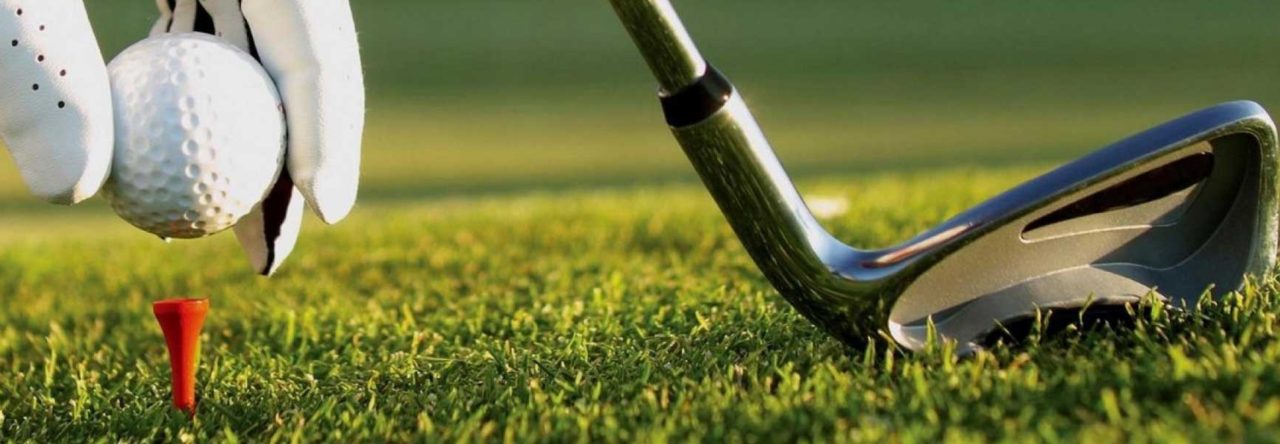Although work sucks, these past days have really been the inspiration behind today’s article. In life, you only have 24 hours a day which is about 170 hours in a week (it’s maybe 168? I only got good at adding up golf scores in my head). You can do whatever you want with this time each week but in order to fulfill all of your commitments you have to balance the benefits and consequences of each action. Are you going to go to work today, or skip out and play golf (tempting…)?
Either one of these options can lead to a complex sequence of events in your life. Golf relates to this idea of weighing your options if you understand two simple words. Risk and reward. Just like you have to make decisions outside of golf, you also have to consider your decisions during your round. Are you going to lay up in front of the water, or try to play over? And even without your conscious thought, you are evaluating all of your possible options. Today I want to talk to you about risk management during your round and put you inside my mind when it comes to making simple and complex golfing decisions. So now that you’re primed and ready, let’s dive into this!



